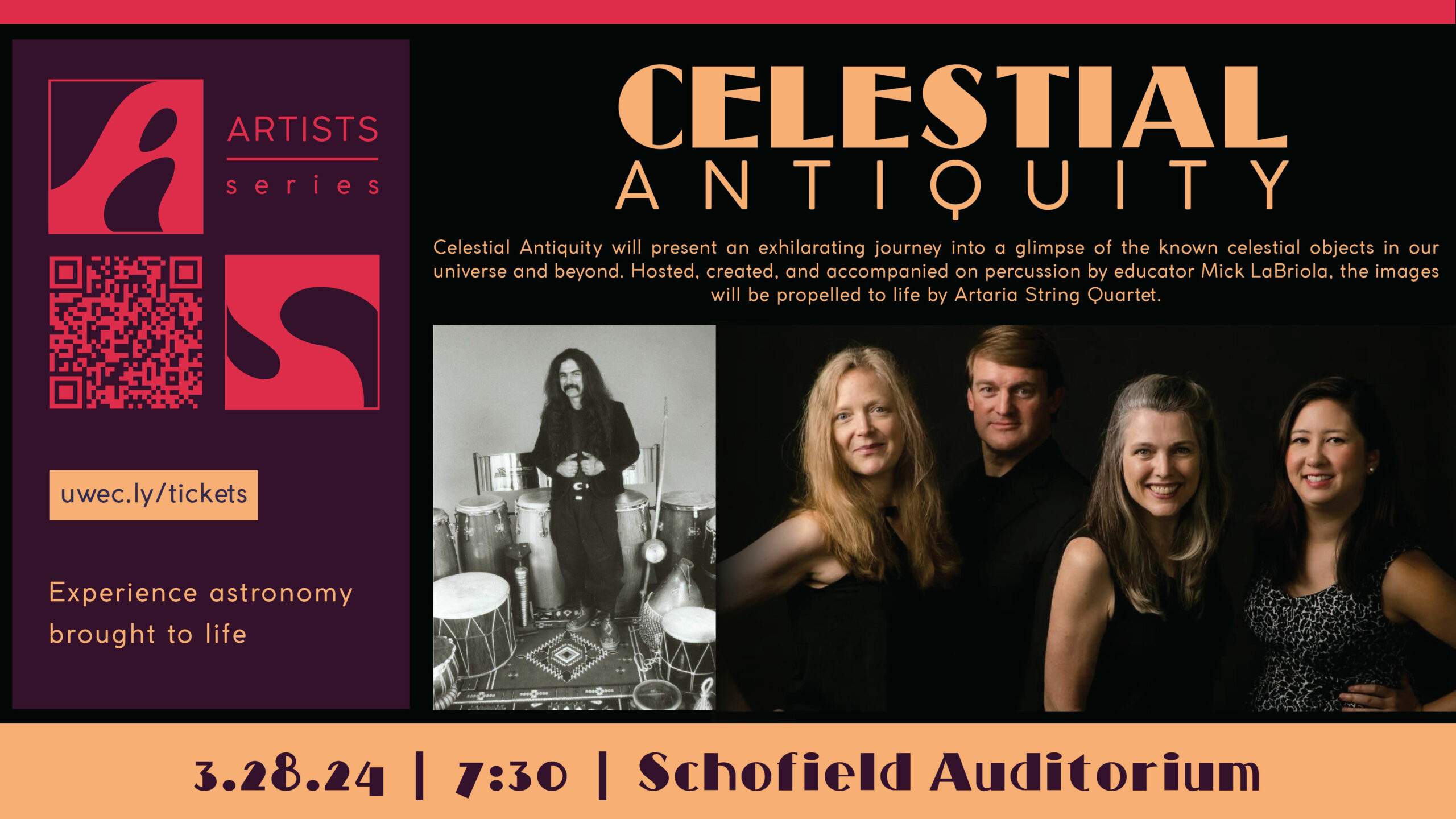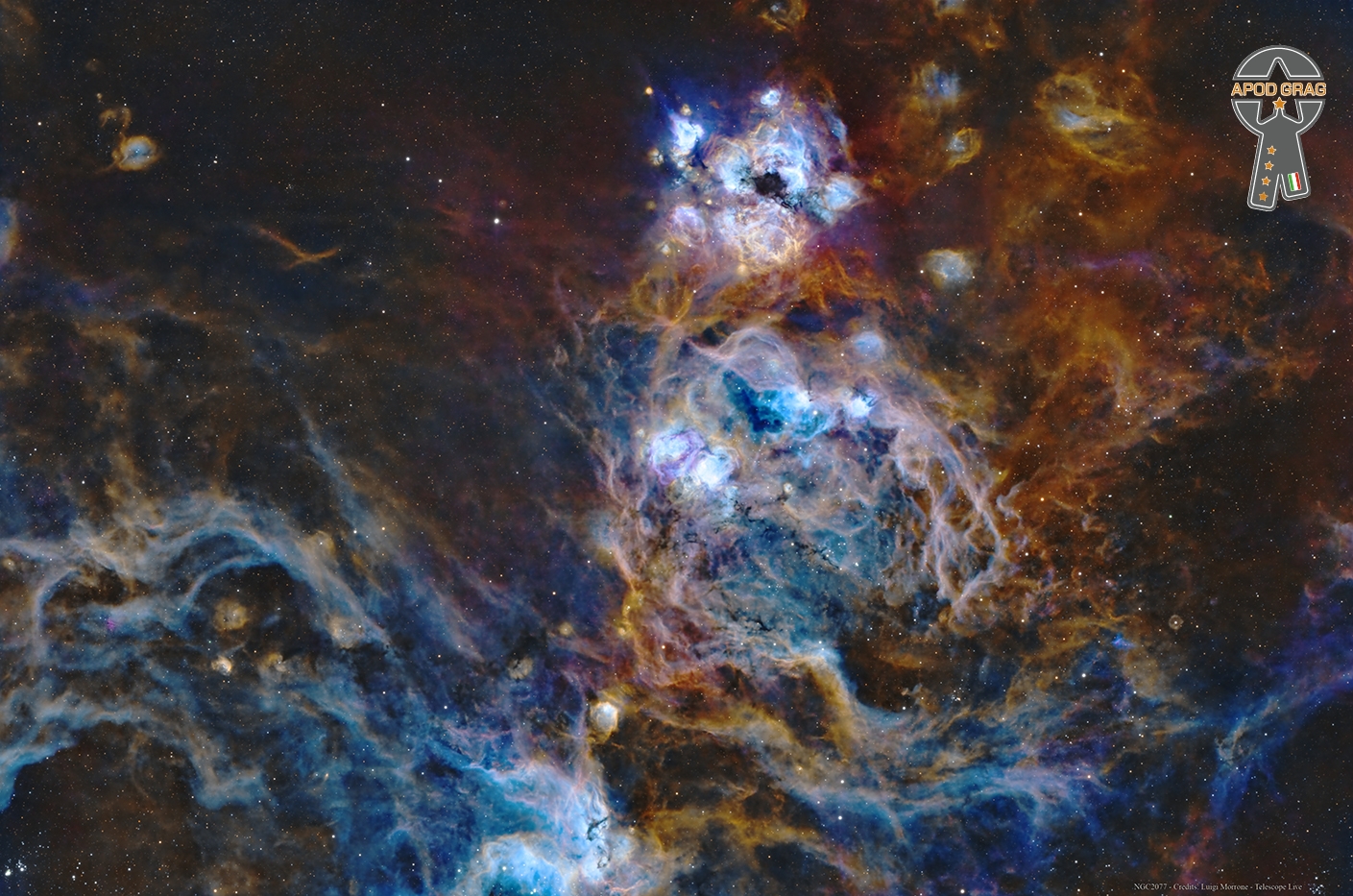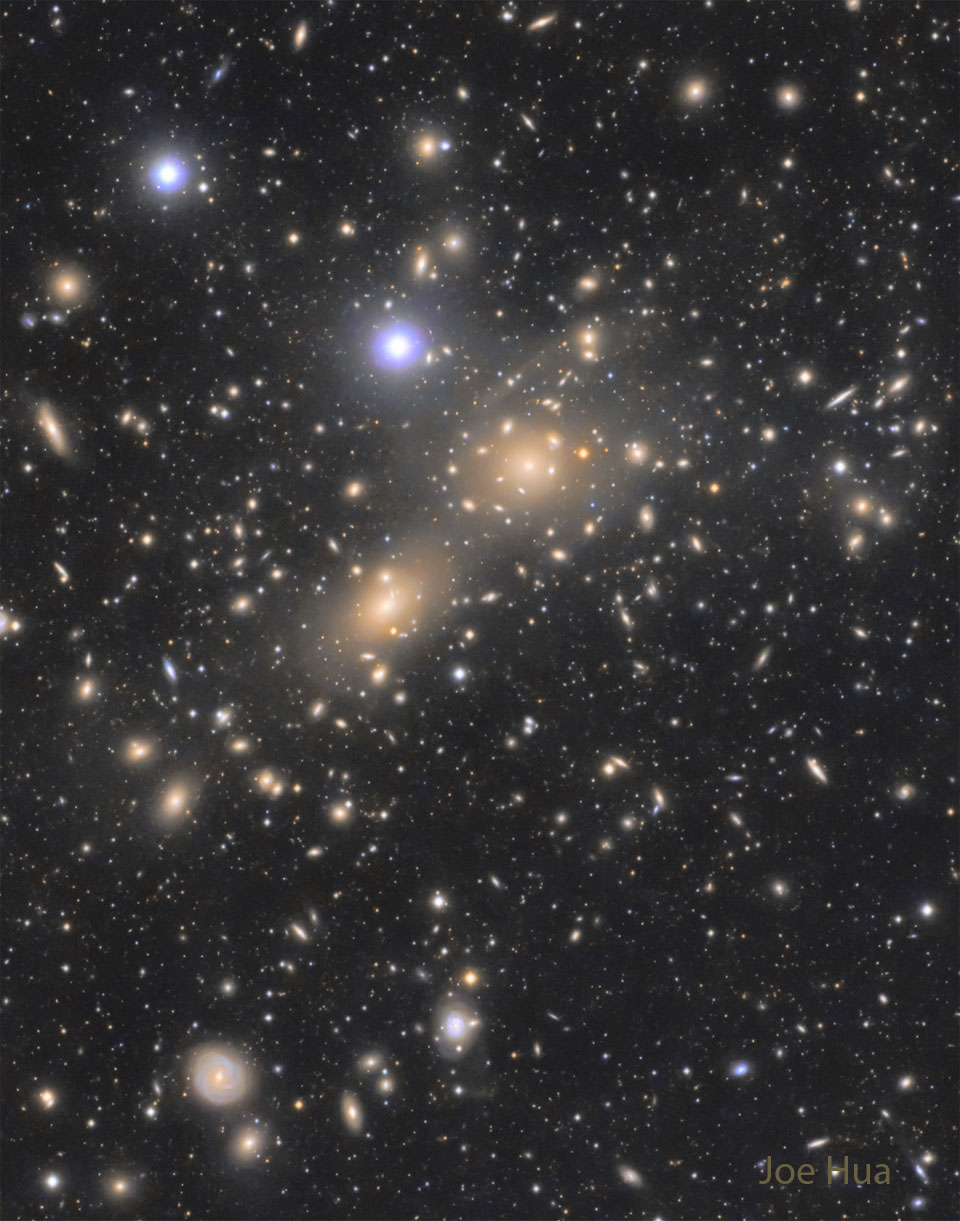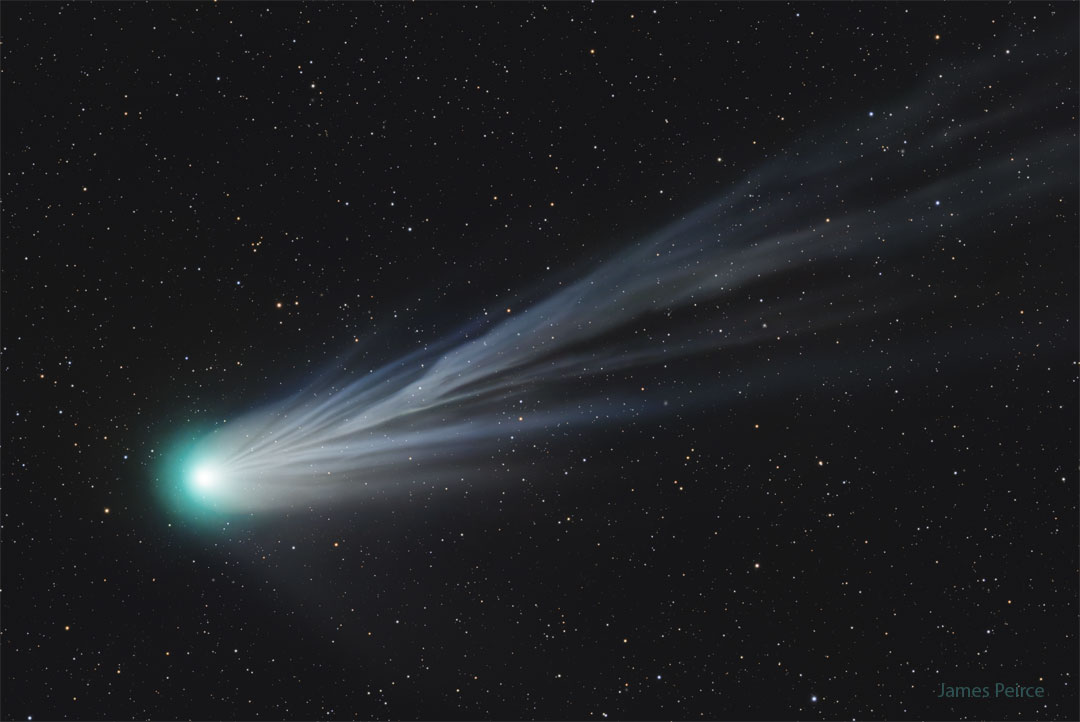Blog
Michael Leonard Brecker (March 29, 1949 – January 13, 2007) was an American jazz saxophonist and composer. He was awarded 15 Grammy Awards as a performer and composer, received an honorary doctorate from Berklee College of Music in 2004, and was inducted into the DownBeat Jazz Hall of Fame in 2007.
Brecker was in great demand as a soloist, sideman and session musician. He performed with bands whose styles ranged from mainstream jazz to mainstream rock. Altogether, he appeared on nearly 900 albums, either as a band member or a guest soloist. He put his stamp on numerous pop and rock recordings as a soloist, including notable work with James Taylor and Paul Simon. Other sessions included albums with Steely Dan, Lou Reed, Donald Fagen, Dire Straits, Joni Mitchell, Eric Clapton, Mark Knopfler, Billy Joel, John Lennon, Aerosmith, Dan Fogelberg, Kenny Loggins, Frank Sinatra, Frank Zappa, Bruce Springsteen, Roger Daltrey, Parliament-Funkadelic, Cameo, Yoko Ono, Todd Rundgren, Chaka Khan, Orleans, Blue Öyster Cult, The Manhattan Transfer, Average White Band, Players Association, Everything but the Girl, Patti Austin, Art Garfunkel, Carly Simon, The Brothers Johnson, Karen Carpenter, and T-Square.
Brecker also recorded (or performed) with many leading jazz musicians of his era, including Herbie Hancock, Chick Corea, Hal Galper, Chet Baker, Jan Akkerman, George Benson, Quincy Jones, Charles Mingus, Jaco Pastorius, McCoy Tyner, Pat Metheny, Elvin Jones, Claus Ogerman, Billy Cobham, Horace Silver, Mike Stern, Mike Mainieri, Max Roach, Steps Ahead, Dave Holland, Joey Calderazzo, Kenny Kirkland, Bob James, Grant Green, Don Cherry, Hubert Laws, Don Alias, Larry Goldings, Bob Mintzer, Gary Burton, Yusef Lateef, Steve Gadd, Richard Tee, Dave Brubeck, Charlie Haden, John Abercrombie, Vince Mendoza, Roy Hargrove, and Spyro Gyra. While performing at the Mount Fuji Jazz Festival in 2004, Brecker experienced a sharp pain in his back. Shortly thereafter in 2005, he was diagnosed with the blood disorder myelodysplastic syndrome (MDS). Despite a widely publicized worldwide search, Brecker was unable to find a matching stem cell donor. In late 2005, he was the recipient of an experimental partial matching stem cell transplant. By late 2006, he appeared to be recovering, but the treatment proved not to be a cure. He made his final public performance on June 23, 2006, playing with Hancock at Carnegie Hall. Brecker died from complications of leukemia in a Manhattan hospital. His funeral was held on January 15, 2007, in Hastings-on-Hudson, New York.
more...
Evangelos Odysseas Papathanassiou (29 March 1943 – 17 May 2022), known professionally as Vangelis, was a Greek keyboardist, composer, and producer of electronic, progressive, ambient, and classical orchestral music. He was best known for his Academy Award-winning score to Chariots of Fire (1981), as well as for composing scores to the films Blade Runner (1982), Missing (1982), Antarctica (1983), The Bounty (1984), 1492: Conquest of Paradise(1992), and Alexander (2004), and for the use of his music in the 1980 PBS documentary series Cosmos: A Personal Voyage by Carl Sagan.
Born in Agria and raised in Athens, Vangelis began his career in the 1960s as a member of the rock bands The Forminx and Aphrodite’s Child; the latter’s album 666 (1972) is now recognised as a progressive–psychedelic rock classic. Vangelis first settled in Paris, and gained initial recognition for his scores to the Frédéric Rossif animal documentaries L’Apocalypse des Animaux, La Fête sauvage, and Opéra sauvage. He also released his first solo albums during this time, and performed as a solo artist. In 1975, Vangelis relocated to London where he built his home recording facility named Nemo Studios and released a series of successful and influential albums for RCA Records, including: Heaven and Hell (1975), Albedo 0.39 (1976), Spiral (1977), and China (1979). From 1979 to 1986, Vangelis performed in a duo with Yesvocalist Jon Anderson, releasing several albums as Jon and Vangelis. He also collaborated with Irene Papas on two albums of Greek traditional and religious songs.
Vangelis reached his commercial peak in the 1980s and 1990s. His score for Chariots of Fire (1981) won him an Academy Award for Best Original Score and the film’s main theme, “Chariots of Fire – Titles” went to number one on the U.S. Billboard Hot 100 chart, while his score for 1492: Conquest of Paradise (1992) was nominated for a Golden Globe Award for Best Original Score and the film’s soundtrack and main theme topped the European charts selling millions of copies. His compilation albums Themes (1989), Portraits (So Long Ago, So Clear) (1996), and studio album Voices (1995) also sold well at the time. Vangelis composed the official anthem of the 2002 FIFA World Cup held in Korea and Japan. In his last twenty years, Vangelis collaborated with NASA and ESA on music projects Mythodea (1993), Rosetta(2016), and Juno to Jupiter (2021), his 23rd and final studio album.
Having had a career in music spanning over 50 years and having composed and performed more than 50 albums, Vangelis is one of the most important figures in the history of electronic music, and modern film music. He used many electronic instruments in a fashion of a “one-man quasi-classical orchestra” composing and performing on the first take.
more...Astrud Gilberto (Portuguese: [asˈtɾud ʒiwˈbɛʁtu]; born Astrud Evangelina Weinert; March 29, 1940 – June 5, 2023) was a Brazilian samba and bossa nova singer and songwriter. She gained international attention in the mid-1960s following her recording of the song “The Girl from Ipanema“.
Astrud Gilberto was born Astrud Evangelina Weinert, the daughter of a Brazilian mother and a German father, in Salvador in the Brazilian state of Bahia, on March 29, 1940. She was raised in Rio de Janeiro. Her father was a language professor, and she became fluent in several languages.
She married João Gilberto in 1959. His affair with Miúcha, a Brazilian singer, caused the couple’s separation. According to the Associated Press, their marriage ended in divorce in 1964; but a 2019 Facebook post by their son, João Marcelo Gilberto, said they had “merely separated” and never divorced.
more...The Soleá is synonymous with the Soleares, known as the “Mother of Flamenco”. Flamenco guitarists usually begin their study with the Soleá since it has a relatively slow BPM (usually 50-110BPM). As a result, students have ample time to feel comfortable with the compás accents. Harmonic tension between the E major and F major chords is prevalent in the Soleá form, causing both harmonic and tension and resolve throughout a performance. A Soleá may include the escobilla section, where the beat shifts to a feeling of three.
more...This event was cancelled due to mismanagement at UWEC. Music and Astronomy departments were not notified.

NGC 2077 is a Nebula in the Dorado constellation. NGC 2077 is situated south of the celestial equator and, as such, it is more easily visible from the southern hemisphere.

Gary Willis (born 28 March 1957) is an American bassist and composer known foremost as the co-founder (with Scott Henderson) of the jazz fusionband Tribal Tech. Aside from his work in Tribal Tech, Willis has worked with numerous other jazz musicians including Wayne Shorter, Dennis Chambers, and Allan Holdsworth. “Slaughterhouse 3”, released in 2006, continued his collaboration with drummer Kirk Covington as well as saxophonist Llibert Fortuny to form a modern jazz/funk/groove power-trio. Willis’s latest solo CD Larger Than Life was released on the Abstractlogix label in 2015.
In addition to “Larger Than Life”, Willis’s solo career includes Retro from 2013, Actual Fiction from 2007, No Sweat from 1996 and Bent in 1998. Willis is also the author of four books for bass guitar, “Fingerboard Harmony for Bass”, “The Gary Willis Collection”, “Ultimate Ear Training for Guitar and Bass” and “101 Bass Tips” all published by Hal Leonard.
more...Vicenç Montoliu i Massana, better known as Tete Montoliu (28 March 1933 – 24 August 1997) was a Spanish jazz pianist from Catalonia, Spain. Born blind, he learnt braille music at age seven. His styles varied from hard bop, through afro-Cuban, world fusion, to post bop. He recorded with Lionel Hampton in 1956 and played with saxophonist Roland Kirk in 1963. He also worked with leading American jazz musicians who toured in, or relocated to Europe including Kenny Dorham, Dexter Gordon, Ben Webster, Lucky Thompson, and Anthony Braxton. Tete Montoliu recorded two albums in the US, and recorded for Enja, SteepleChase Records, and Soul Note in Europe.
Montoliu was born blind, in the Eixample district of Barcelona, Spain, and died in the same city. He was the only son of Vicenç Montoliu (a professional musician) and Àngela Massana, a jazz enthusiast, who encouraged her son to study piano. Montoliu’s earliest piano teaching took place under the tutelage of Enric Mas at the private school for blind children he attended from 1939 to 1944. In 1944, Montoliu’s mother arranged for Petri Palou to provide him with formal piano lessons.
more...Thaddeus Joseph Jones (March 28, 1923 – August 20, 1986) was an American jazz trumpeter, composer, and bandleader who has been called “one of the all-time greatest jazz trumpet soloists”.
Thad Jones was born in Pontiac, Michigan to Henry and Olivia Jones, a musical family of 10 (an older brother was pianist Hank Jones and a younger brother was drummer Elvin Jones). A self-taught musician, Thad began performing professionally at the age of 16. He served in U.S. Army bands during World War II(1943–46).
more...
The Coma Cluster of Galaxies pictured here is one of the densest clusters known – it contains thousands of galaxies. Each of these galaxies houses billions of stars – just as our own Milky Way Galaxy does. Although nearby when compared to most other clusters, light from the Coma Cluster still takes hundreds of millions of years to reach us. In fact, the Coma Cluster is so big it takes light millions of years just to go from one side to the other. Most galaxies in Coma and other clusters are ellipticals, while most galaxies outside of clusters are spirals. The nature of Coma’s X-ray emission is still being investigated.

more...
John Clyde Copeland (March 27, 1937 – July 3, 1997) was an American Texas blues guitarist and singer. In 1983, he was named Blues Entertainer of the Year by the Blues Foundation. He is the father of blues singer Shemekia Copeland. In 2017, Copeland was posthumously inducted into the Blues Hall of Fame.
Copeland was born in Haynesville, Louisiana. Influenced by T-Bone Walker, he formed the Dukes of Rhythm in Houston, Texas, and made his recording debut in 1956, signing with Duke Records the following year. Although his early records met with little commercial success, he became a popular touring act over the next two decades.
more...Sarah Lois Vaughan (March 27, 1924 – April 3, 1990) was an American jazz singer and pianist. Nicknamed “Sassy” and “The Divine One“, she won two Grammy Awards, including the Lifetime Achievement Award, and was nominated for a total of nine Grammy Awards. She was given an NEA Jazz Masters Award in 1989. Critic Scott Yanow wrote that she had “one of the most wondrous voices of the 20th century”.
Vaughan was born in Newark, New Jersey. Vaughan was frequently accompanied by a friend, Doris Robinson, on her trips into New York City. In the fall of 1942, by which time she was 18 years old, Vaughan suggested that Robinson enter the Apollo Theater Amateur Night contest. Vaughan played piano accompaniment for Robinson, who won second prize. Vaughan later decided to go back and compete as a singer herself. She sang “Body and Soul” and won—although the date of this victorious performance is uncertain. The prize, as Vaughan recalled to Marian McPartland, was $10 and the promise of a week’s engagement at the Apollo. On November 20, 1942, she returned to the Apollo to open for Ella Fitzgerald.
more...Benjamin Francis Webster (March 27, 1909 – September 20, 1973) was an American jazz tenor saxophonist.
A native of Kansas City, Missouri, hehttps://www.youtube.com/watch?v=uhVwDgHmHEg studied violin, learned how to play blues on the piano from Pete Johnson, and received saxophone lessons from Budd Johnson. He played with Lester Young in the Young Family Band. He recorded with Blanche Calloway and became a member of the Bennie MotenOrchestra with Count Basie, Hot Lips Page, and Walter Page. During the 1930s, he played in bands led by Willie Bryant, Benny Carter, Cab Calloway, Fletcher Henderson, Andy Kirk, and Teddy Wilson.
more...Comet Pons-Brooks has quite a tail to tell. First discovered in 1385, this erupting dirty snowball loops back into our inner Solar System every 71 years and, this time, is starting to put on a show for deep camera exposures. In the featured picture, the light blue stream is the ion tail which consists of charged molecules pushed away from the comet’s nucleus by the solar wind. The ion tail, shaped by the Sun’s wind and the comet’s core’s rotation, always points away from the Sun. Comet 12P/Pons–Brooks is now visible with binoculars in the early evening sky toward the northwest, moving perceptibly from night to night. The frequently flaring comet is expected to continue to brighten, on the average, and may even become visible with the unaided eye — during the day — to those in the path of totality of the coming solar eclipse on April 8.

more...
Diana Ross (born March 26, 1944) is an American singer and actress. She was the lead singer of the vocal group The Supremes, who became Motown‘s most successful act during the 1960s and one of the world’s best-selling girl groups of all time. They remain the best-charting female group in history, with a total of twelve number-one hit singles on the U.S. Billboard Hot 100, including “Where Did Our Love Go“, “Baby Love“, “Come See About Me“, “Stop! In the Name of Love“, and “Love Child“.
Following her departure from the Supremes in 1970, Ross embarked on a successful solo music career with the release of her eponymous debut solo album and its singles, “Ain’t No Mountain High Enough” – her first solo U.S. number-one hit – and “Reach Out and Touch (Somebody’s Hand)“. Her second solo album, Everything Is Everything (1970), spawned her first UK number-one single “I’m Still Waiting“. Ross continued her successful solo career by mounting elaborate record-setting worldwide concert tours, starring in highly watched primetime TV specials, and releasing hit albums, such as Touch Me in the Morning(1973), Mahogany (1975), Diana Ross (1976), and Diana (1980), as well as their number-one hit singles – “Touch Me in the Morning“, “Theme from Mahogany (Do You Know Where You’re Going To)“, “Love Hangover“, and “Upside Down“, respectively. “Endless Love“, a 1981 duet with Lionel Richie, made her the female solo act with the most number-one songs in the United States at the time. Her commercial success continued throughout the ’80s and ’90s with global hits, including “I’m Coming Out“, “Why Do Fools Fall in Love“, “All of You“, “Chain Reaction“, “If We Hold on Together” and “When You Tell Me That You Love Me“.
Ross has also achieved mainstream success and recognition as an actress. Her first role was her Golden Globe Award-winning and Academy Award-nominated portrayal of Billie Holiday in the film Lady Sings the Blues (1972), becoming the first African-American actress to receive an Academy Award nomination for a debut film performance; she also recorded its soundtrack, which became her only solo album to reach number one on the U.S. Billboard 200 chart. She also starred in two other feature films, Mahogany (1975) and The Wiz (1978), and later appeared in the television films Out of Darkness (1994), for which she was nominated for a Golden Globe Award, and Double Platinum (1999).
more...More Posts
- Daily Roots with Carl Campbell
- Surviving the Pandemic and Realizing Racial Justice
- The Cosmos with M63
- Kermit Ruffins
- Lenny White
- Bobby Timmons
- Professor Longhair
- Édith Piaf
- World Music with Makgona Ngwao
- Daily Roots with Roots Radics
- Surviving the Pandemic and Realizing Racial Justice
- The Cosmos with OCL 535
- Keith Richards
- Harold Land
- Eddie Cleanhead Vinson
- Flamenco Fridays with Sabicas y Manolo Duran
- Daily Roots with Rockers and King Tubby
- Surviving the Pandemic and Realizing Racial Justice
- The Cosmos with Westerlund 2
- Paul Butterfield